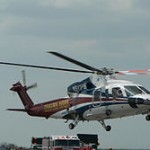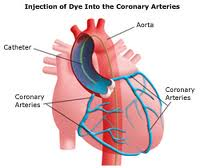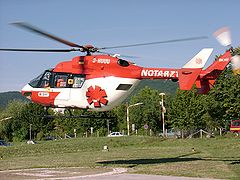Medical control
 The nature of the air operation will frequently determine the type of medical control required. In most cases, the available skill set for an air ambulance staffer is considerably greater than that of a typical paramedic. As a result, those operating in this environment will often be permitted by medical control to exercise more latitude in medical decision-making. Assessment skills tend to be considerably higher, and, particularly on interfacility transfers, permit the inclusion of such factors as the reading of x-rays and the interpretation of lab results. This allows for planning, consultation with supervising physicians, and the issuing of contingency orders in case they are required during the flight. Some systems operate almost entirely off-line, using protocols for almost all procedures and only resorting to on-line medical control when protocols have been exhausted. Some air ambulance operations have full time, on site medical directors with pertinent backgrounds (e.g., emergency medicine); others have medical directors who are only available by pager. For those systems operating on the Franco-German model, the physician is almost always physically present, and medical control is not an issue. Continue reading →
The nature of the air operation will frequently determine the type of medical control required. In most cases, the available skill set for an air ambulance staffer is considerably greater than that of a typical paramedic. As a result, those operating in this environment will often be permitted by medical control to exercise more latitude in medical decision-making. Assessment skills tend to be considerably higher, and, particularly on interfacility transfers, permit the inclusion of such factors as the reading of x-rays and the interpretation of lab results. This allows for planning, consultation with supervising physicians, and the issuing of contingency orders in case they are required during the flight. Some systems operate almost entirely off-line, using protocols for almost all procedures and only resorting to on-line medical control when protocols have been exhausted. Some air ambulance operations have full time, on site medical directors with pertinent backgrounds (e.g., emergency medicine); others have medical directors who are only available by pager. For those systems operating on the Franco-German model, the physician is almost always physically present, and medical control is not an issue. Continue reading →


